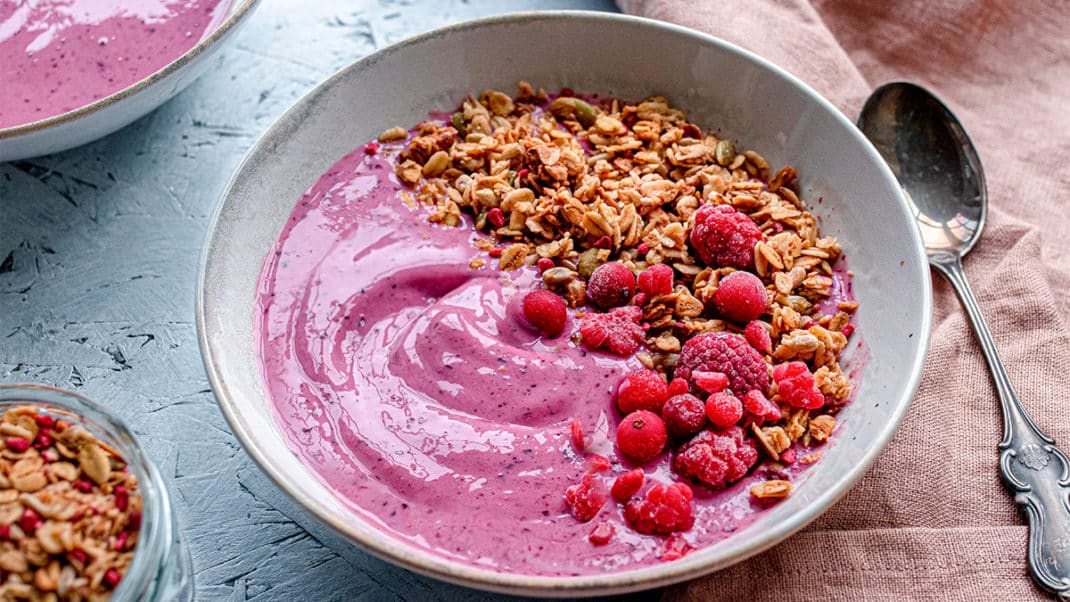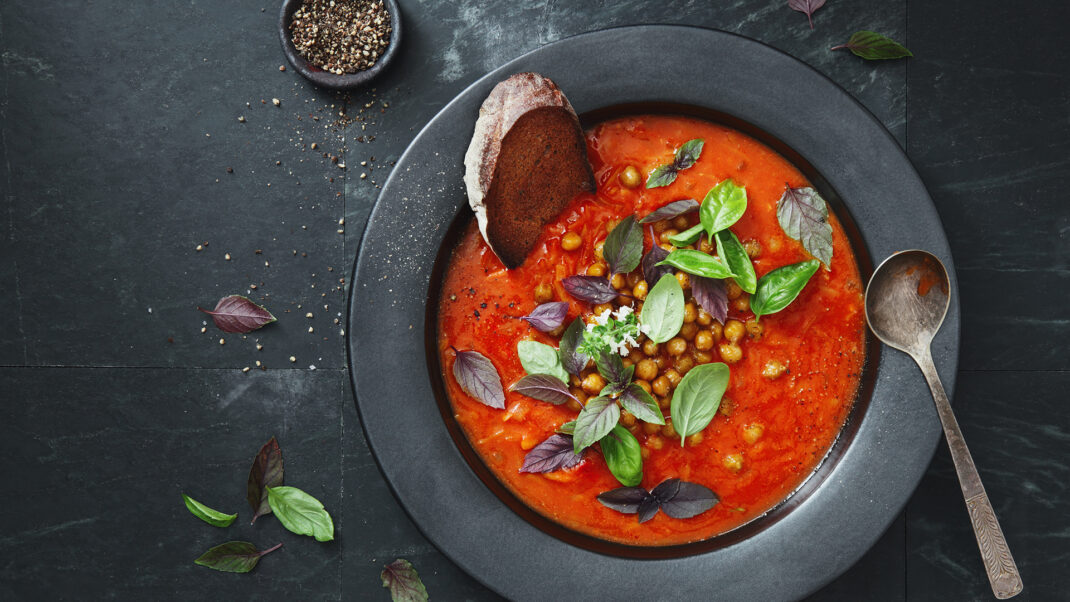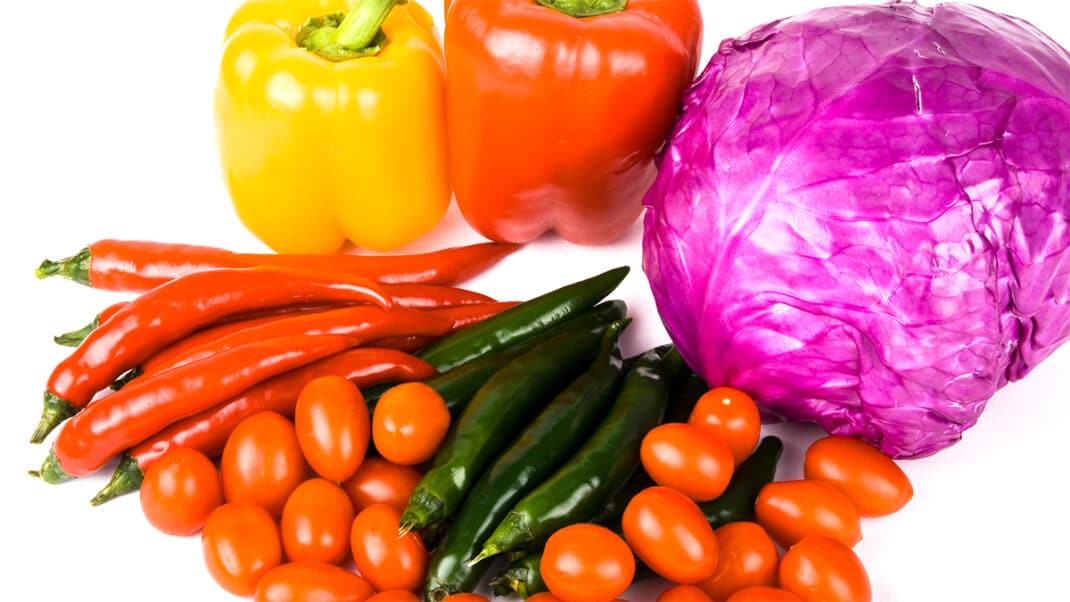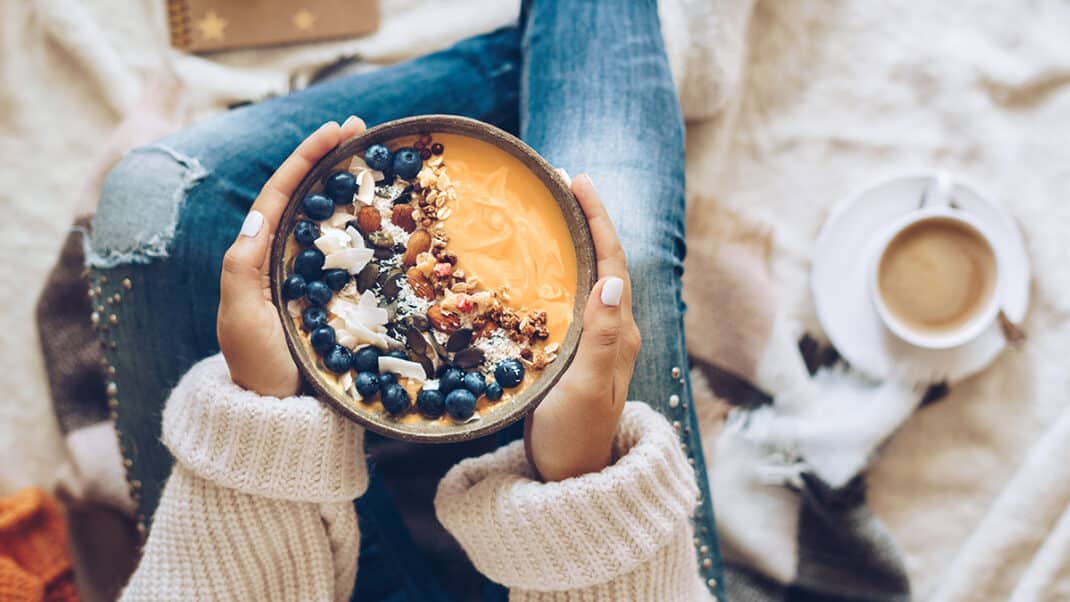
What does science say about the benefits of chia pudding? Researchers from Japan followed 3,700 adults, ages 40–64, for up to 20 years and found that those who ate the most fiber were 25% less likely to suffer dementia later in life than those who ate the least.
As reported in Nutritional Neuroscience, soluble fiber was found to be the most protective against cognitive decline. The mechanisms behind this brain benefit might involve the soluble fiber helping better manage blood sugar, blood pressure and cholesterol levels. There might also be interactions that take place between the gut and the brain: As the microbiota in our guts break down fiber, they release compounds called postbiotics, such as short-chain fatty acids that may impact age-related neuroinflammation.
Sources of soluble fiber include flax, oats, barley, apples, peas, beans, berries and chia seeds. That makes this make-ahead raspberry-chia pudding a brain-boosting way to kick off the day (or end the evening).
Raspberry-Granola Chia Pudding
1/2 C milk or unsweetened nondairy milk
1 C plain Greek yogurt
1 C fresh or frozen (thawed) raspberries, plus more for topping
2 T fresh mint (optional)
2 t honey
1 t lemon zest
1 t vanilla extract
1/2 t cinnamon
6 T chia seeds
2/3 C low-sugar granola
Place milk, yogurt, berries, mint (if using), honey, lemon zest, vanilla, cinnamon and a pinch of salt in a blender. Blend until smooth. Divide mixture between two wide-mouth jars. Add 3 tablespoons chia seeds to each jar, and stir to combine. Seal jars, then place in refrigerator to chill overnight. When ready to serve, top each jar with ½ cup of granola and a sprinkling of raspberries. Makes two servings.
See also: Recipe for Health: Blueberry Granola Pudding
Ingredient Breakdown
Raspberries
Raspberries—edible members of the rose family—are a good source of calcium, magnesium, phosphorus and antioxidants.
Greek Yogurt
The Greeks were the first to document the use of yogurt in 100 B.C.! “Greek” yogurt today is fermented and strained in a specific way, resulting in a thicker product with a higher protein content.
Chia Seeds
Chia, a tiny seed in the mint family, has been prized since pre-Columbian times and was a primary food in Aztec and Mayan diets.
Sources:
PrecisionNutrition.com; Heathline.com.
Matthew Kadey, MS, RD
Matthew Kadey, MS, RD, is a James Beard Award–winning food journalist, dietitian and author of the cookbook Rocket Fuel: Power-Packed Food for Sport + Adventure (VeloPress 2016). He has written for dozens of magazines, including Runner’s World, Men’s Health, Shape, Men’s Fitness and Muscle and Fitness.





